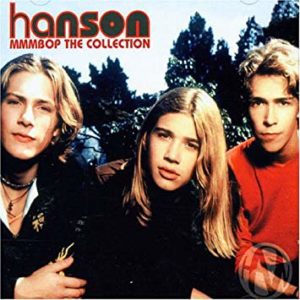
Source: IMDB
1997 was the year Harry Potter was published, “Titanic” opened at the box office and the Hanson brothers skateboarded into the hearts of teen girls everywhere and gave us all the earworm that was their catchy pop hit “Mmmbop.”
It also the year I started my professional career and dove head first into the world of market research.
To say I’ve seen a lot of change in the last 20+ years would be a gross understatement but one area that has fascinated me the most is the interaction between people and technology, particularly the phenomenon of social networking. As a marketer, each interaction on one of these sites represents a new insight about a user and/or their behavior that I can use to personalize messages and be more relevant. The sheer number of people on social media sites also makes them incredibly attractive as a tool to build awareness with target audiences.
And they’ve been cost-effective. Anyone can create an account, build a page, set up a group. For nonprofits, often resource constrained by tight budgets and limited staff, social media sites seem like an ideal place to not only learn more about their constituents and build awareness for their cause, but also build their community. After all, members and donors are already there.
Friendster.com went live in 2002 and was adopted by 3 million users within the first few months but has since faded away. Then came MySpace, whose 100 millionth account was created in 2006 but was quickly overshadowed by Facebook who overtook MySpace in Alexa traffic rankings in 2008.
Facebook has maintained this leadership position, but storm clouds are gathering on the horizon. Whether through security breaches or attempts to monetize user data, 87 million accounts have had their information accessed. 865 million fake news posts have appeared in user feeds. This has created a sense of mistrust with Facebook user rates shrinking by 20 percent in key demographics. And in just released research from Pew Data, 26 percent of Americans have deleted Facebook from their phone while another 42 percent report taking extended breaks.
What does this mean? What, specifically, does this mean for nonprofits who lean on Facebook for their online communities, a critical component to keeping constituents informed and engaged? Do they do so at their own peril?
Rarely in my career have I seen anything transform as quickly as the relationship between Facebook and its users, with breaking news seemingly every week. Maybe the key to the future is in the past? After all, as Winston Churchill famously noted, “Those who fail to learn from history are doomed to repeat it.”
